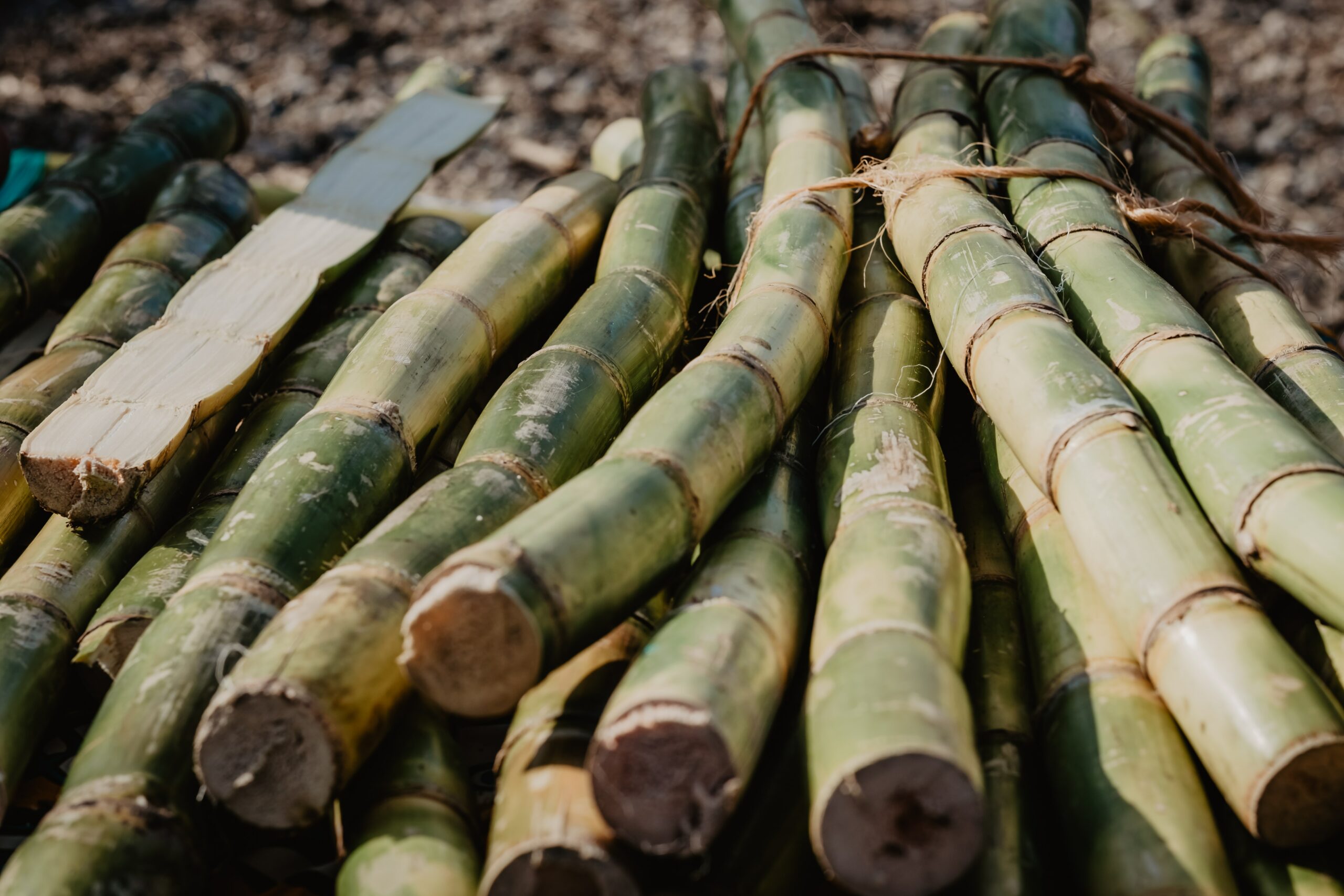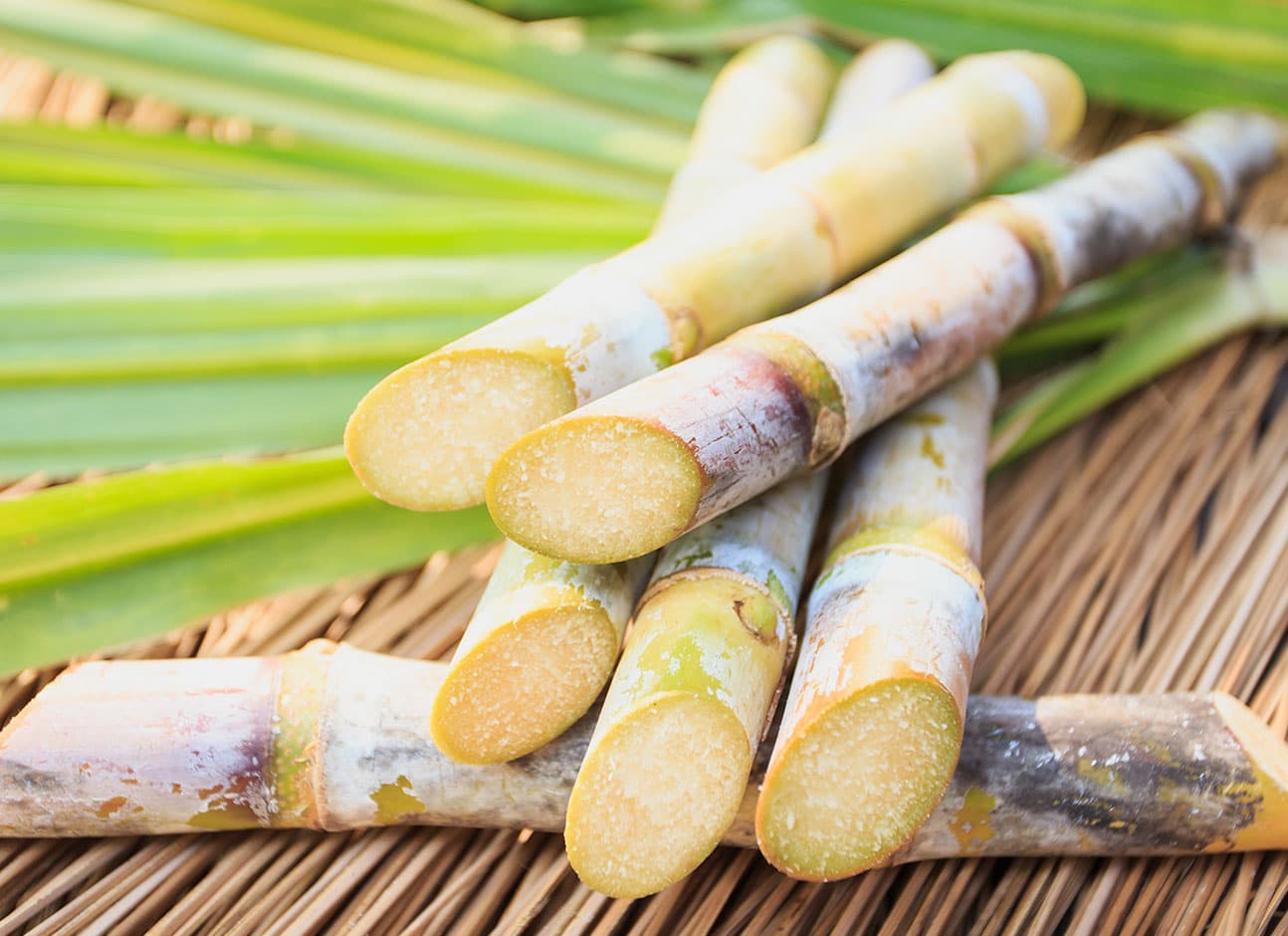Everything About Sugar Canes: What Are Sugar Canes Made Use Of For and Their Role in Worldwide Farming?
Sugar walking canes work as a keystone of international farming, mostly identified for their duty in sugar manufacturing. They also add to the production of byproducts like molasses and ethanol. These elements not just support numerous industries yet likewise effect economic security in country regions. Nevertheless, the growing of sugar walking canes encounters considerable environmental challenges. Recognizing their multifaceted duty prompts more exploration into their farming techniques and sustainability initiatives.
The Agricultural Process of Sugar Walking Cane Growing
Although sugar cane cultivation might differ by region, the fundamental agricultural process remains constant. The primary step involves selecting high-yielding ranges ideal for local environments. Preparation of the dirt is vital, frequently calling for tillage and the addition of plant foods to enhance fertility. Planting generally occurs throughout the wet period, with farmers utilizing either entire stalks or cuttings to develop new crops.As the plants grow, they require persistent care, consisting of weed control, bug monitoring, and irrigation, depending upon the environmental conditions. Farmers check the sugar walking cane's growth cycle, which generally spans 10 to 24 months, before harvesting. Harvesting is labor-intensive, often conducted manually or with specialized equipment, ensuring minimal damage to the stalks. Complying with harvest, the cane is carried to refining facilities. This precise farming process not only supports regional economic situations but also plays a significant function in international agricultural techniques, contributing to food and power supplies.
Sugar Manufacturing: From Walking Stick to Crystal
The trip of sugar manufacturing starts the moment newly gathered sugar cane comes to processing centers. The very first step involves chopping the cane and washing to prepare it for removal. Using high-pressure rollers, the juice is removed from the crushed walking cane, leading to a sweet liquid understood as sugarcane juice. This juice undertakes clarification, where pollutants are gotten rid of via the enhancement of lime and heat.Next, the cleared up juice is concentrated by boiling it down to produce a thick syrup. This syrup is then crystallized by cooling, allowing sugar crystals to create. The crystallized sugar is divided from the remaining syrup, called molasses, via centrifugation.Finally, the sugar crystals are cleaned and dried, causing the acquainted granulated sugar (What Are Sugar Canes Used For). This process changes raw sugar walking cane right into a product that is integral to numerous culinary and commercial applications, highlighting the importance of sugar in global agriculture
Biofuels and Sugar Canes: A Sustainable Future
As the globe significantly looks for sustainable power solutions, sugar canes have actually become an appealing source for biofuels. The biomass stemmed from sugar walking canes can be transformed right into ethanol, a renewable fuel alternative that substantially lowers greenhouse gas emissions contrasted to nonrenewable fuel sources. This process not just supplies a cleaner power source however also advertises energy freedom for numerous countries.In addition, sugar walking cane farming sustains rural economic situations by creating work in both farming and biofuel manufacturing fields. Making use of sugar walking sticks for biofuel manufacturing additionally encourages farming diversification, which can enhance dirt health and reduce dependency on solitary plants. In addition, the by-products of sugar cane handling can be utilized for electricity generation, furthermore adding to a sustainable power cycle. As nations endeavor to satisfy renewable resource targets, sugar walking sticks are poised to play an essential duty fit an extra sustainable future in the biofuel landscape.

The Function of Sugar Canes in Drink Production
Sugar walking canes play a substantial role in beverage production, functioning as a main component in rum and contributing to the sweet taste of lots of soft drinks. Furthermore, their all-natural juices are made use of in various drinks, boosting taste and allure. This adaptability emphasizes the importance of sugar walking canes in the worldwide beverage sector.
Sugar Walking Cane in Rum
Rum manufacturing is elaborately linked to the growing of sugar walking stick, an important crop that provides the necessary fermentable sugars needed for fermentation. This process begins with the extraction of juice from collected sugar canes, which is then either fermented straight or refined right into molasses. Yeast is included in transform the sugars into alcohol, causing a varied range of rum designs, from light to dark selections. The geographical region where the sugar walking stick is expanded significantly affects the flavor profile of the rum, with factors such as dirt type and environment playing critical roles. Nations like Barbados, Jamaica, and Cuba are renowned for their rum production, mirroring the cultural and historic significance of sugar cane within the worldwide drink market.
Soft Drinks Sugar Source

Natural Juice Production Utilizes
In enhancement to its considerable duty in soda manufacturing, sugar walking stick is additionally critical in the all-natural juice market. The juice removed from sugar walking stick, referred to as walking stick juice, is celebrated for its all-natural sweet taste and unique taste account. This juice is frequently eaten fresh in different regions, particularly in tropical nations, where it is enjoyed as a renewing drink. In addition, walking stick juice functions as a base active ingredient in a series of all-natural fruit juices and smoothie mixes, enhancing both preference and dietary value. Its all-natural residential properties make it an eye-catching choice to sweetening agents, attracting health-conscious customers. In general, sugar walking cane's versatility in juice production highlights its significance in modern-day beverage offerings worldwide.
Advancements in Sugar Cane Byproducts
Innovations in sugar cane by-products are leading the way for lasting services in various markets. Biofuels obtained from sugar walking cane provide an alternate power source, while improvements in lasting packaging are reducing dependence on standard materials. These growths highlight the adaptability and possibility of sugar walking cane past its main use in beverage production.
Biofuels From Sugar Cane
Exactly how can the byproducts of sugar cane add to sustainable power options? The conversion of sugar cane right into biofuels offers a promising avenue for eco-friendly power. By making use of the coarse deposit, recognized as bagasse, manufacturers can produce bioethanol via fermentation procedures. This bioethanol can offer as a lasting choice to fossil fuels, reducing greenhouse gas discharges and dependence on non-renewable sources. Furthermore, molasses, another byproduct, can be fermented to produce biofuels, optimizing resource efficiency. The power generated from sugar cane not just offers a cleaner gas resource yet also boosts the total economic feasibility of sugar manufacturing. By integrating biofuel manufacturing into their operations, sugar walking cane sectors can play an important role beforehand sustainable power options internationally.
Sustainable Packaging Solutions
Sustainable packaging services are increasingly being developed from sugar cane byproducts, showcasing the adaptability of this farming staple. Technologies such as naturally degradable plastics originated from bagasse, the coarse deposit left after juice extraction, are obtaining grip. These materials provide an environmentally friendly alternative to conventional plastics, lowering reliance on nonrenewable fuel sources and decreasing carbon footprints. In addition, sugar cane-based product packaging is compostable, damaging down naturally without damaging the setting. Firms are currently exploring these alternatives Source to align with customer need for sustainability. As awareness of plastic pollution expands, the adoption of sugar cane-derived product packaging is expected to increase, positioning sugar walking sticks as a vital gamer in the shift to greener packaging options in numerous markets.
Economic Influence of Sugar Cane Farming

Sugar walking stick farming has deep roots in numerous economic situations, its economic influence extends much past farming manufacturing. This crop acts as a significant income source for countless farmers worldwide, particularly in developing countries where farming is a main income. Sugar walking cane adds to neighborhood economic climates via work creation in processing, harvesting, and farming. The market likewise stimulates development in related sectors such as transport, devices manufacturing, and food processing.Furthermore, sugar cane is a principal in worldwide profession, influencing worldwide markets and prices. Countries that create sugar cane typically count on exports to improve their financial stability. The spin-offs of sugar cane, such as ethanol and molasses, diversify income streams for farmers and include worth to the agricultural market. In general, the financial ramifications of sugar cane farming are extensive, influencing not only farmers yet likewise entire communities and nationwide economies.
Ecological Factors To Consider in Sugar Walking Stick Farming
While sugar cane farming plays a vital duty in lots of economic situations, it also elevates considerable environmental issues that can not be overlooked. The comprehensive usage of fertilizers and pesticides in sugar cane growing frequently results in soil degradation and water pollution. Overflow from these chemicals can pollute nearby water bodies, harming aquatic ecosystems. Additionally, the monoculture practices widespread in sugar walking cane farming minimize biodiversity, making ecosystems much more susceptible to bugs and diseases.Deforestation is one more important concern, as land is commonly removed to give way for sugar plantations, leading to environment loss for wild animals and boosted carbon emissions. Additionally, the high water consumption required for sugar walking cane watering can stress neighborhood water sources, specifically in deserts. As worldwide go to these guys demand for sugar remains to rise, resolving these environmental challenges ends up being critical to ensure lasting practices in sugar walking stick farming.
Frequently Asked Concerns
What Are the Nutritional Perks of Sugar Walking Cane?
The dietary benefits of sugar walking cane mostly include its high carbohydrate material, providing power. In addition, it includes vitamins, minerals, and anti-oxidants that may support total health, though small amounts is important due to its sugar content.
Exactly How Does Sugar Walking Stick Affect Local Ecosystems?
Sugar walking stick growing can considerably influence neighborhood ecological communities by altering land usage, impacting biodiversity, and requiring substantial water sources. In addition, it might cause soil degradation and pesticide runoff, disrupting surrounding habitats and wild animals populaces.
What Is the History of Sugar Walking Stick Farming?
:max_bytes(150000):strip_icc()/SugarCanesSaccharumofficinarumNancyAyumi-26c9c80ee473464bbe322c83ecd9bfc1.jpg)
Are There Alternatives to Sugar Walking Cane for Sugar Production?
Alternatives to sugar walking stick for sugar manufacturing consist of sugar beetroots, corn, and different tropical plants like sorghum and agave (What Are Sugar Canes Used For). These crops offer diverse resources of sweet taste, each with unique farming needs and environmental effects
Exactly How Do Weather Condition Patterns Impact Sugar Cane Yields?
Weather condition patterns substantially affect sugar walking cane yields via temperature changes, rains quantities, and seasonal cycles. Dry spell or excessive rainfall can hinder growth, while excellent problems boost photosynthesis, inevitably impacting the quantity and high quality of the harvest. The journey of sugar production begins the moment fresh harvested sugar walking cane gets here at refining facilities. The taken shape sugar is divided from the remaining syrup, recognized as molasses, with centrifugation.Finally, the sugar crystals are washed and dried, resulting in the acquainted granulated sugar. Rum manufacturing is delicately linked to the farming of sugar walking cane, a necessary plant that gives the needed fermentable sugars required for fermentation. In addition, the monoculture techniques prevalent in sugar walking stick farming decrease biodiversity, making ecological communities much more at risk to insects and diseases.Deforestation is another crucial issue, as land is commonly gotten rid of to make means for sugar ranches, leading to habitat loss for wild animals and enhanced carbon exhausts. Alternatives to sugar walking cane for sugar production consist of sugar beetroots, corn, and different exotic plants like sorghum and agave.